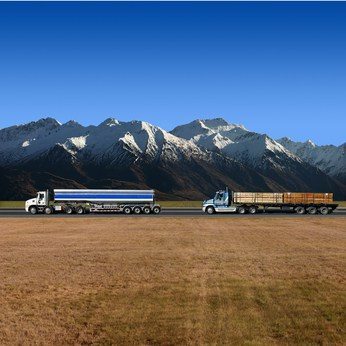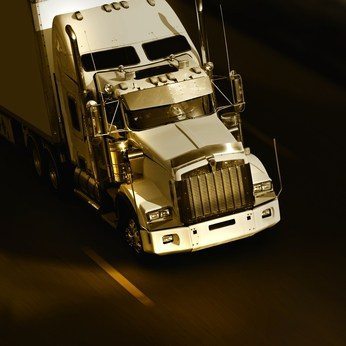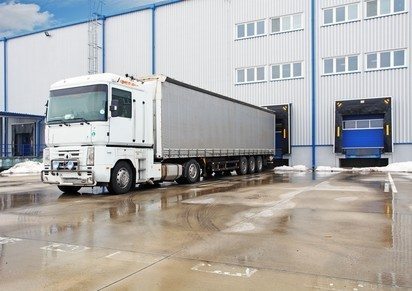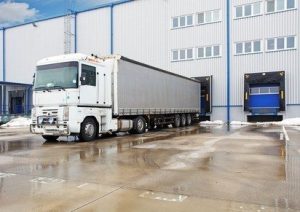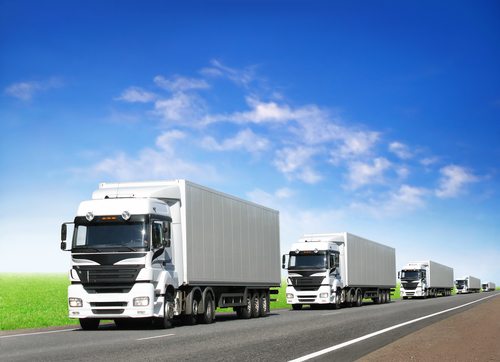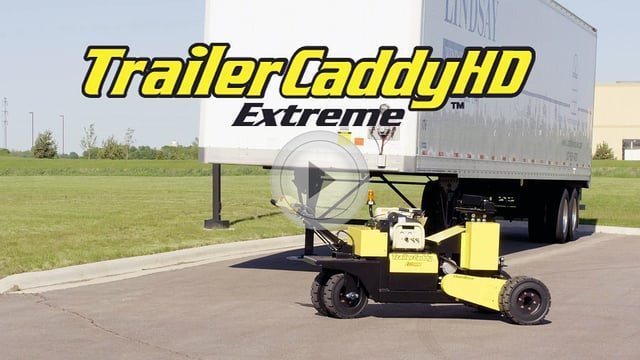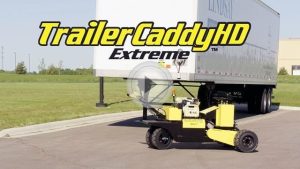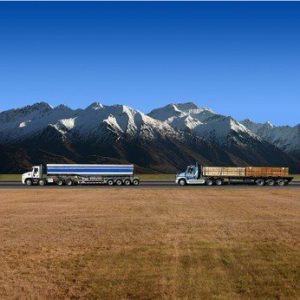
Will you be hauling trailers for autonomous vehicles with your yard trucks in the coming year? Times are rapidly changing for the truckload industry. Here’s what to be on the lookout for in the near future:
2018-2019 Truckload Market Trends:
Hyper-Efficiency Continues
With truckload utilization efficiency of 95%+ since the 2011 pull-up from the recession, the market trend of efficiency in for-hire capacity is expected to continue, albeit at the price of elasticity in the market.
New Trucks Enter the Market
FTR Transportation Intelligence expects 60,000 more trucks than necessary will replace retiring trucks in 2018. Will you need more yard trucks? Whether this is additional/replacement capacity remains unknown.
Labor Issues Remain
Driver availability will continue to pose challenges. An abundance of parked equipment does not matter if hauling personnel remain absent. Several factors will continue to play a role here, including an aging workforce, wage increases, immigration, housing, and a shared labor pool with the oil, gas, and manufacturing industries.
Strengthening Economy Adds to Pressures
As GDP and manufacturing grows and strengthens, the demand for transportation will increase, adding pressure to already flailing fleet growth.
E-Commerce Continues to Change Freight Patterns & Efficiency
Orders shipped from retail, fulfillment, and manufacturing locations continue to alter the historical flow of freight, requiring higher cube for the same goods, and boosting market capacity used.
Fuel Prices Continue to Climb
45% higher compared to a year ago, despite fluctuations, the cost of crude oil is expected to continue its climb.
ELD Mandate Remains In-Question
Electronic logging and closer tracking of driver behaviors may/may not shift HOS behaviors, influencing availability.
Are you prepared to meet the coming years’ varied needs? Ensure success, boosting efficiency and preventing injuries with electric yard trucks from DJ Products today.
